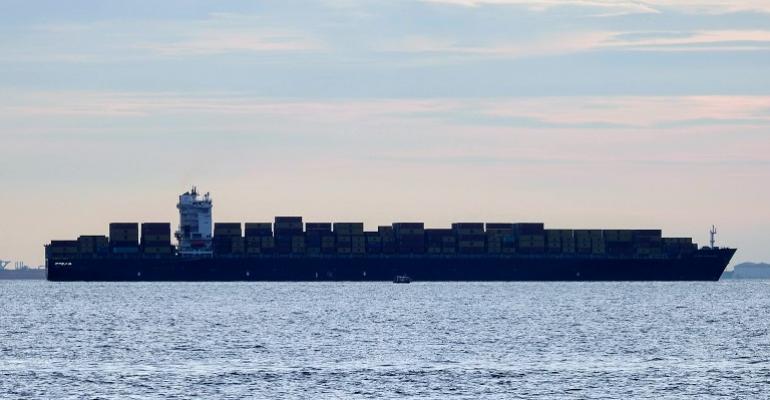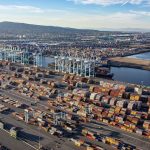Container lines are blanking around one-quarter sailings on the Asia – US West Coast trade as port congestion and delays force result in short notice capacity adjustments, according to analysts Sea-Intelligence.
Blank sailings are normally used by lines for capacity management when demand drops, as was done very effectively in the first half of 2020 when the pandemic hit. However, an increase in blank sailings in 2021 has been driven by short-term capacity adjustments as lines drop port calls due to port congestion and delays.
Sea-Intel reported an increasing trend in blank sailings on the Asia – US West Coast trade which hit 28.4% in week 44. The analyst noted that this could not be attributed to China’s Golden Week as the number of blank sailings actually fell in this period.
Looking ahead Alan Murphy CEO of Sea-Intel commented: “For the upcoming 12 weeks, the percentage of capacity blanked is scheduled to decline sharply, which is expected. This is because these blank sailings are not due to capacity management, but rather due to the carriers being forced to blank sailings, as a result of port congestion.
“This means that sailings will mostly not be blanked in advance, but will rather be the operational result of vessel congestion and delays, which cannot be known that well in advance, especially on a trade with a relatively short round-trip time.”
Queues at the key US West Coast gateway ports of Los Angeles and Long Beach continue to worsen, even if a new queuing system has pushed vessels further out into the Pacific.
On Monday and Tuesday this week the Marine Exchange of Southern California reported that 101 containerships were waiting to berth at the two ports with 30 ships waiting within 40 miles, and a further 71 slow steaming or loitering up to 1,000 miles away from the ports.
Source: Seatrade Maritime News






